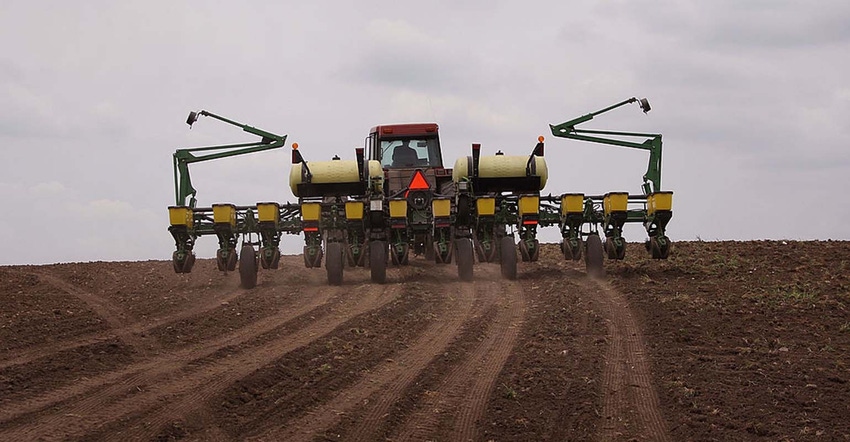
Preparations for planting abound as usual – but this time also seems different because of what’s going on in the world today as the pandemic continues. Still, farms are here to keep feeding the world: one of the most essential jobs out there.
Maybe you’ve made some adjustments to the way you work on a day to day basis with your employees, vendors, suppliers, advisors and others. Using technology to communicate is key when face to face meetings aren’t possible anymore due to social distancing precautions.
Keep it open
Before spring planting season really kicks into gear, it’s time to think about how you can best keep your landlords and lenders in the loop around what’s happening on your farm. This is a time for more communication, not less – even though it’s a busy season and the communication isn’t likely to be happening in person.
“Going dark” during busy seasons with regard to communicating with people who are critical to the success of our farm operation can lead to negative outcomes. However, both the situation around the world and the situation within our operation are changing rapidly day to day.
Farm leaders must have a plan to keep communication lines open – particularly with lenders and landlords who need to know there are plans in place for the growing season to proceed smoothly on the farm.
Build the plan
Here are three things to think through:
What they need to know. Think about the questions that each group may have for you. The groups can be simple: lenders in one group, local landlords in another, long-distance landlords in another. Or the groupings may need to be more complex, depending on your operation. Consider the unique questions each group might have for you – before they ever start asking. Think about any changes you’ve made in your operation since the last time you communicated with them, and what they need to know about those changes. Then, think about “bullet points” to discuss with them – the items they need to hear.
How you’ll communicate with them. Having a plan mapped out for how to communicate best with each lender and landlord will be helpful when planting kicks in. Think about whether a phone call or online meeting would be best for each person. For those with many landlords, you might create a newsletter – whether mail or email – with information they need to know about what’s going on at your operation this spring. Since in-person visits or ride-alongs probably won’t be possible, consider creative ways of how to take them along in the tractor with you. You or someone else in your operation could create and send a short video of planting taking place or other interesting operations. It’s all about bringing the farm virtually to them, since they won’t be able to come to you.
When you’ll be in touch. This might seem obvious, but in the thick of planting season it can be easily forgotten or pushed back: when you’ll communicate with each person. Take time now to schedule phone calls or online meetings for lenders, as well as the times you plan to communicate with your landlords. Put it all on your calendar as well as the calendars of others in your operation who are involved in that communication.
Communicating with advisors and others during the spring season can be a challenge. As the global economic situation continues to evolve and impact the markets, a crucial person to have on your team is a market advisor. Get connected with our advisors now – they’ll check in with you throughout the growing season to help keep your marketing plans aligned with the bigger picture.
The opinions of the author are not necessarily those of Farm Futures or Farm Progress.
About the Author(s)
You May Also Like






